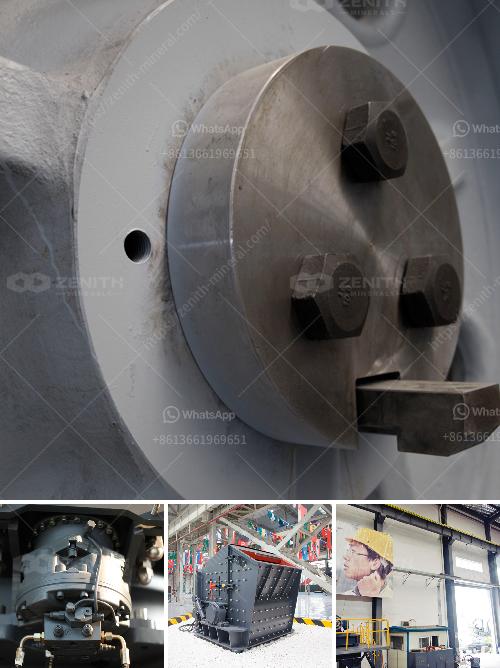The primary difference between stationary and mobile crushers lies in their location and flexibility of use:
-
Location and Mobility:
- Stationary Crushers: These are fixed in one location and are typically used in high-capacity applications at quarries, mines, or aggregate production sites. They are designed to handle large volumes of material and are often part of a more extensive system that includes conveyors, screens, and other processing machinery.
- Mobile Crushers: These are designed to be easily transported and moved to different locations. They are often used in construction, demolition, and smaller mining operations where the material to be crushed is spread across different sites. They offer the flexibility to be relocated as needed.
-
Installation and Setup:
- Stationary Crushers: Installation is generally more complex and requires significant infrastructure, including foundations, electrical setups, and sometimes the construction of additional structures. This setup is usually capital-intensive but beneficial for long-term, high-volume operations.
- Mobile Crushers: Installation is less complex; they are designed for quick setup and easy movement. They often come with integrated machinery and can begin operation with minimal preparation, making them cost-effective for shorter-term projects or where location flexibility is crucial.
-
Capacity and Size:
- Stationary Crushers: Typically larger and more powerful, they are designed for high-capacity crushing and processing applications. They can handle larger rocks and produce higher output volumes than mobile crushers.
- Mobile Crushers: Usually smaller in size, their design prioritizes mobility and adaptability over capacity. They are suitable for moderate capacity requirements and smaller rock sizes.
-
Operation and Maintenance:
- Stationary Crushers: Generally, these systems require more regular and thorough maintenance due to their high capacity and continuous operation. Access to the components for maintenance can be easier, given the fixed location.
- Mobile Crushers: Often designed with ease of maintenance in mind, they require less frequent but more mobile-oriented maintenance practices. Accessibility to parts may vary based on the design but is generally streamlined to facilitate quick repairs.
-
Cost Considerations:
- Stationary Crushers: Higher initial capital expenditure due to significant infrastructure and setup costs but can be more economical over the long term for high-volume, permanent operations.
- Mobile Crushers: Lower initial costs and quick deployment offer cost savings for shorter-term projects or operations requiring frequent relocation, making them more flexible and potentially more economical in such contexts.
Choosing between stationary and mobile crushers depends on the specific needs of the operation, including project duration, volume of material to be processed, and the geographic spread of the material.

